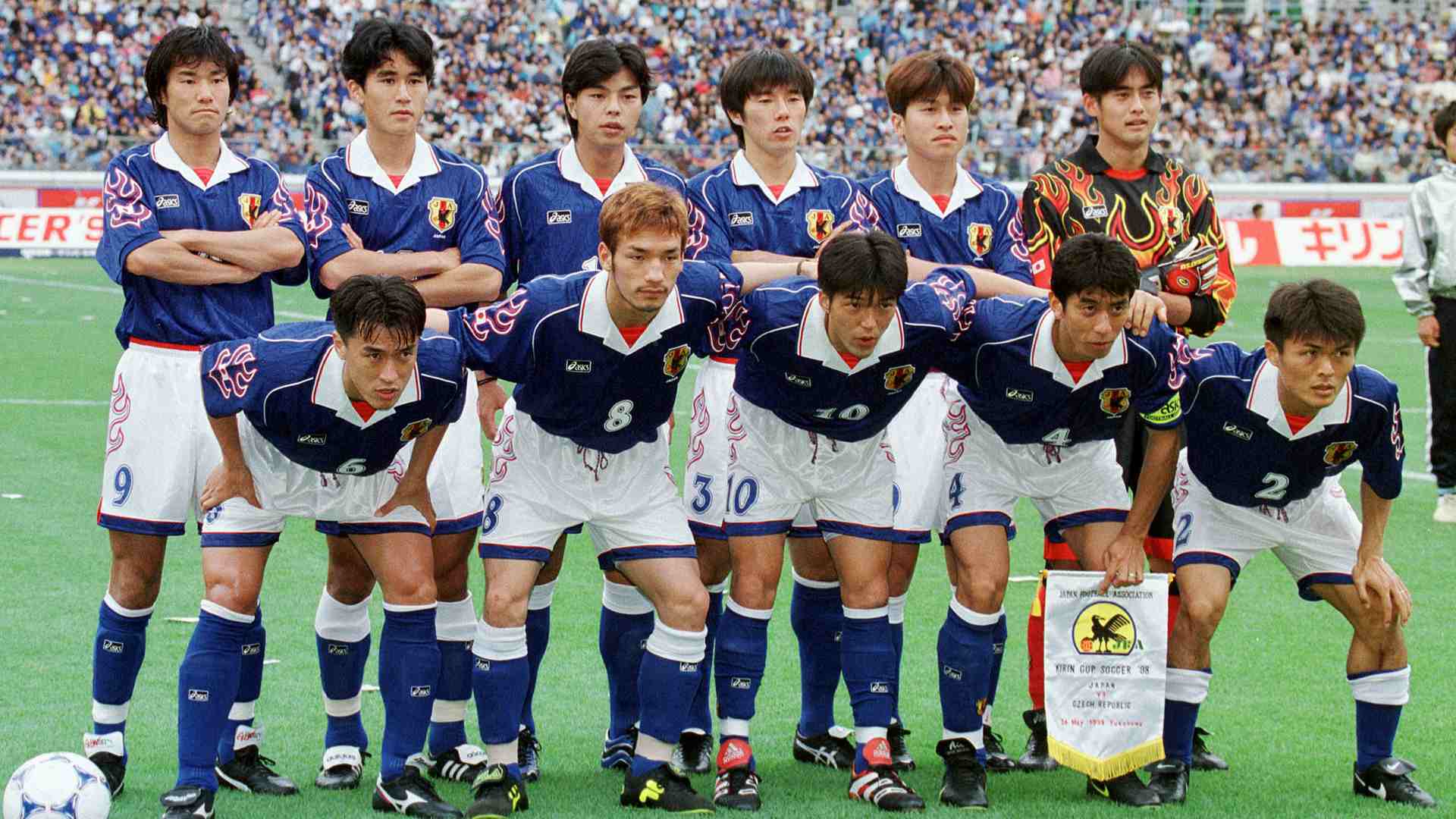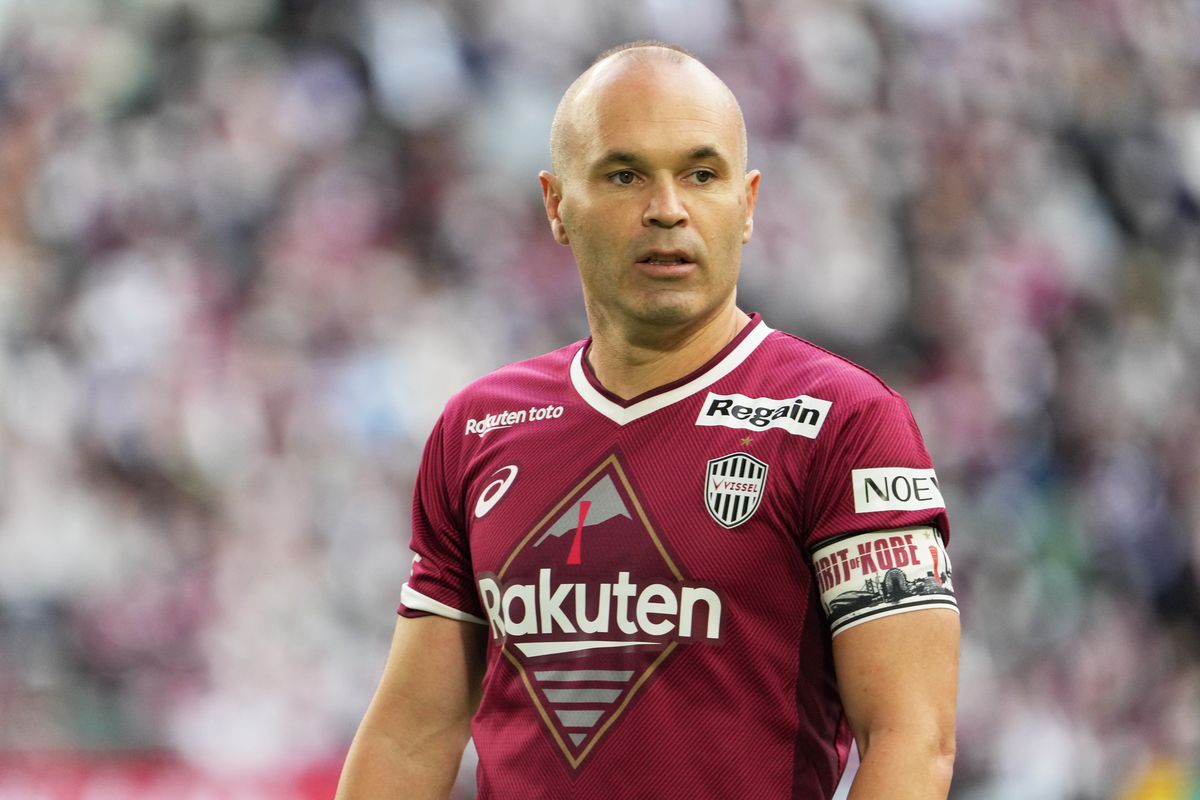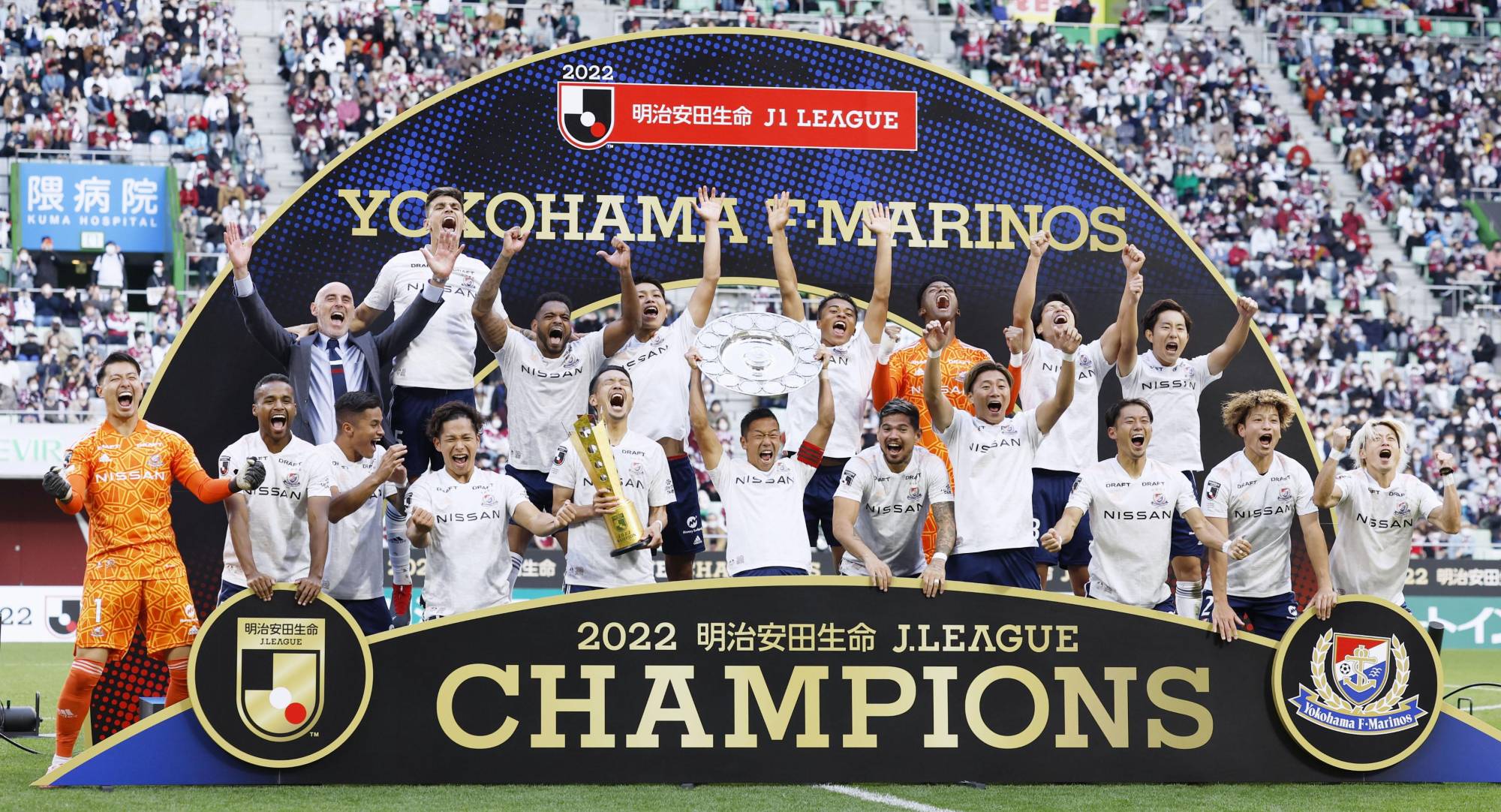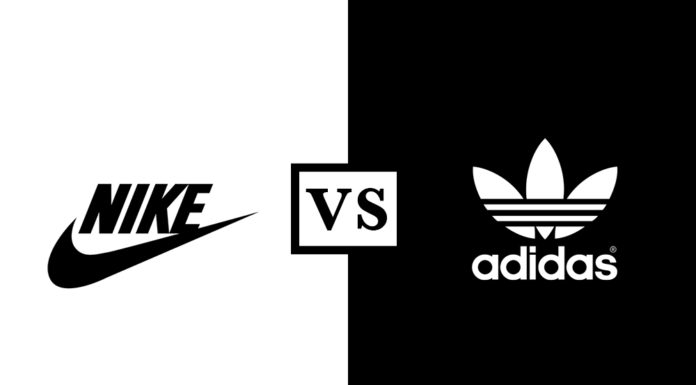Celebrating its 30th anniversary, the J.League has preferred a more traditional route compared to similar upstart leagues in the United States and Saudi Arabia. And while it has led to a sustainable system with promotion and relegation, the league is now looking to go to the next level.
In 1993, one year before the United States would host the World Cup, and three years before Major League Soccer would kick off, the J.League came into the living rooms of Japanese fans looking to follow the world’s game.
Japan is a baseball country, and getting sports fans to turn their eyes towards football was a tall order. Japan had never qualified for a World Cup, and the closest thing the country saw to top level football was in 1979, when Diego Maradona wowed the crowd in the U-20 FIFA World Cup. A tournament the great Argentine won with Ramon Diaz, a future J.League alumni.

Japan would eventually get to a World Cup in 1998, five years after the debut of its top flight, the J.League. It kicked off with 10 teams, and by 1994 it had a steady average of 19,000 fans per game. Like MLS, the J.League signed some known Brazilians, Argentines, and Germans to kickstart the league, but by its fifth season it had regressed tremendously.
In 1997, one year prior to Japan going to France ’98, the average league attendance dropped to 10,000 fans per game. The sport was completely stagnant in the country until the J.League’s executive body decided to get rid of all the flash and get into the traditional.
“We can’t pay high salaries for certain players like the Middle East or MLS — our economy is still struggling to compete globally,” said Tetsuya Aida, J.League overseas business officer. “What I think we need is foreign investors to come in and boost the league.”
The J.League Goes Old School
In 1999, the governing body of the J.League presented a 100-year plan. The goal is to have 100 professional football clubs in the nation of Japan by 2092, which would be the league’s 100th season. A tall order for a country not familiar with the traditions of local clubs, let alone big stars, but today the J.League can proudly say it has 60 professional teams made up of three divisions, and it is doing something which many are begging for in the United States — promotion and relegation.
The corporate view is to have J.League clubs become “local teams” and gain local support through grassroots levels.
“Our three missions of the J.League when it started 30 years ago was to raise the level of Japanese football, become a part of the sporting culture of Japan, and produce international players in the global market,” said J.League global business general manager Takeyuki Oya. “This has never changed. We have big aspirations, but we have always wanted to grow the sport fundamentally in Japan.
“We have always wanted to have a sustainable business model for each club, that is why we can’t overspend. We are carefully managing the licensing system — we don’t allow the clubs to go into debt for three consecutive years. If that happens, they will be kicked out of the J.League.”
Like MLS, the J.League tinkered with the rules in 1995. The point system was the following: three points for a win, one point for a penalty kick loss, and no points for a regulation or extra time loss. In 1997, it changed to three points for a regulation win, two points for an extra-time win, one point for a penalty kick win, and 0 for any loss. It would not be until 2003 when the J.League adapted the traditional league structure of three points for a win and one for a draw.
Staying the Course
“I think now we are in a phase where we are making a stable [of teams] throughout the nation,” Oya said. “The last 20 years has been about being sustainable and fair among the clubs. Now we are looking ahead to the next 10 years where we anticipate more competition.”
While at the top level of the sport around the world there are a handful of dominant teams, in Japan the league features more parity. However, Oya and the rest of the league is looking to create top tier teams and look to replicate the European model of clubs that are perennial giants.
“In Japan, it’s very difficult to predict who will win the championship next year,” Oya said. “In Europe there are always three or four teams. Now we are in the phase of making the competition follow that model [creating top tier teams], and hopefully we can get more investors.”
After a long period of stability, it’s time for growth to come.
“There is still a gap between the J.League and the top leagues in Europe, there is no doubt about that,” Aida said. “But we want to shrink that gap. We would also like to expand our fanbase globally.”
The league continues to import a heavy number of Brazilian players, and the Brazilian influence of the game has been present in how the Japanese play — quick, fast, and with style. Japan has had many skillful players, most notably Hidetoshi Nakata.
The idea is to continue a pipeline of talent that can excel in the J.League and eventually be sold to Europe where in the last World Cup, Japan had 19 of their initial 25-man squad playing outside of Japan. Many of them ply their trades in Germany, and the Bundesliga can be seen on Sportdigital as part of its international TV package.

Perhaps the biggest name to recently play in the J.League is former Barcelona star Andres Iniesta. The 39-year-old midfield maestro joined Vissel Kobe in 2018, making 113 appearances for the club, although it looks like his time in Kobe is running out.
However, that is not the norm for the league, which prefers to avoid signing aging big stars like we’ve seen in Saudi Arabia and the United States — although MLS has tried to get away from the aging star in preference of younger talents which the league can sell to European teams. Still, MLS is still confined to having to sign big-name talent in order to maintain mainstream relevance.
Promotion and Relegation
What is being debated to death in the United States is simply the status quo in Japan. While MLS has a makeup of franchises like the NBA, the closed system is simply not in the Japanese football landscape.
“We have 60 clubs, but many of the top teams in the J.League have parent companies from Japan’s many industries,” Aida said. “It’s not really like MLS owner investments. We have a different culture, we stuck to our plan of growing the league, and we learned a lot from Europe. We wanted to stay away from the United States centralized system. We like the European model.”
The goal for the league now is to expand nationwide, and as of this writing the J.League is 60 teams deep with three divisions all working on one common goal to make Japan a nationwide footballing country.
What’s Next

The J.League today averages 17,487 fans per game, and many of the teams are outfitted by Nike, PUMA, and adidas. The top players of the league are Japanese, rather than a huge number of foreign players, although the league is very optimistic as to where it can go when some owners begin to spend a bit more and hopefully through that spending can develop an interest from foreign investors and foreign TV distributors.
According to Aida, idea of the J.League board remains to capture a bigger fanbase in Asian markets, while also attracting foreign players to draw in a worldwide fanbase both inside and outside of the continent.
The teams in Japan have begun to dominate the AFC Champions League, accounting for the second-most champions with eight. Having the J.League teams being consistent participants of the Club World Cup is also a good indicator to how much the league has grown worldwide.
On the national team side, Japan have made the round of 16 in four of the seven World Cups they have participated in, and have a respectable 7-6-12 all time World Cup record. By comparison, the United States, who have played in 11 World Cups, account for only nine wins in 37 matches.
Like the United States, Japan dreams of winning a World Cup and has set in motion a plan to bring a title home to a country covered with local clubs at every level. It’s not flashy, it may not make big headlines, but it’s the Japanese way: patience, calm, and hard work.
Some quotes paraphrased for context.








